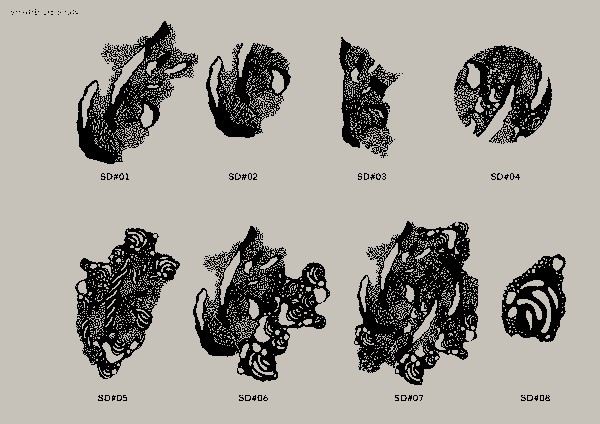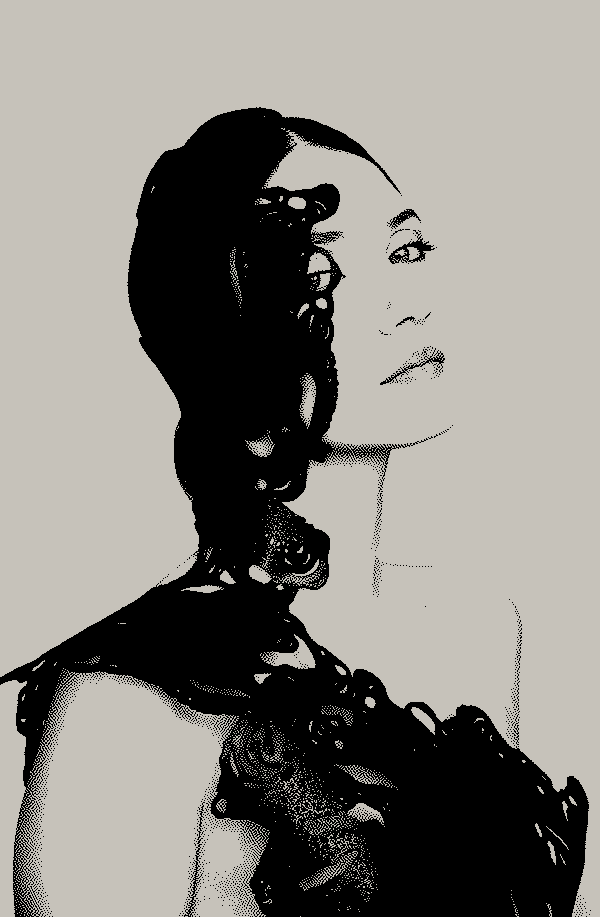METAVERSE MERGE
Advanced 3D printing systems with high aesthetic impact.
Description
“METAVERSE MERGE” is the wearable experimentation, which makes the fusion between design and digital engineering visible and wearable. While the current Internet has operated primarily in 2D space, a 3D metaverse has the potential to collapse barriers in immersive digital communication. In highly digitalized everyday environments, people will no longer be tied to the physical realm and will float between in-person, augmented reality (AR), and virtual reality (VR) levels of reality. “Mirrorworlds” – or digital “clones” – will allow physical spaces to exist in the metaverse through skeuomorphic 3D design, which mimics the way objects appear in reality. Building interoperability into the metaverse will allow users to carry digital assets, such as digital clothing and avatar skins, across different platforms for a seamless experience. Innovations in smaller, thinner tech-wearables advance our individual immersion in the metaverse and enable utopian visions of cyborg beings to be realized.
Notes/Research project category: 3D printing. In the panorama of technological development of the last ten years, there has been an increase in additive technologies (additive manufacturing), based on CAD-CAM methods, which proceed by adding material layer by layer, in order to obtain three-dimensional models, known in everyday language like 3D printing. 3D printing is now present in various sectors linked to industry, crafts, cultural heritage and school education, it has also found multiple uses including the development of multifunctional and custom-made devices, also providing the possibility of integrating different features into a single product. Even in the context of fashion, the transversality of materials and geometries obtained from 3D printers has allowed collections with complex shapes, which cannot be reproduced manually or with conventional technologies, to be paraded on catwalks around the world. For some years now, this family of technologies has spread across various sectors, increasingly favoring the development of innovative products for structural and functional applications. Through the use of additive technologies, it is now possible to create products characterized by different and complex shapes, using a wide range of materials. Advanced 3D printing systems, possibly also combined with traditional technologies, are gaining an increasingly important role also in the fashion sector, since recent technological and digital innovations have already conquered the most famous designers in the sector. It is now known how the use of 3D printers can lead to significant advantages, reducing waste, potentially reducing production times and costs, while at the same time innovating the offering of services. The material-design combination and an advanced technological approach also favor the creation of shapes and models that are impossible to create with traditional technologies. The combination of creativity and innovation would therefore allow even the most complex garments to acquire unique characteristics, without limitations in terms of shape and, where required, wearability. Thanks to the transversality of this process, the development of numerous concepts associated with Fashion Design has been favored, increasing the possibility of generating complex shapes with a high aesthetic impact.



